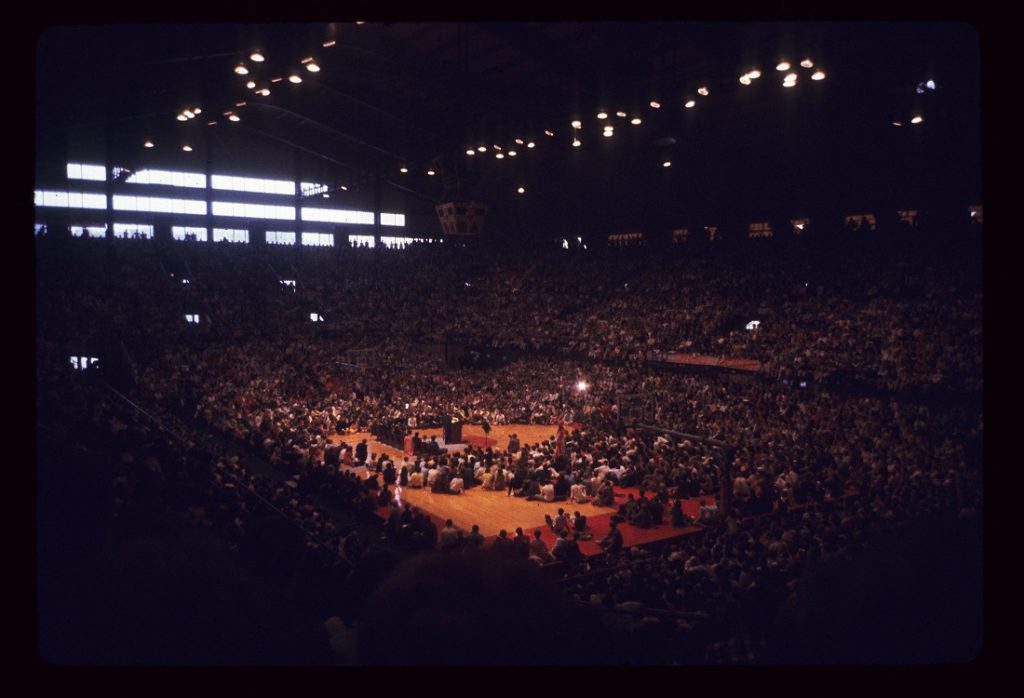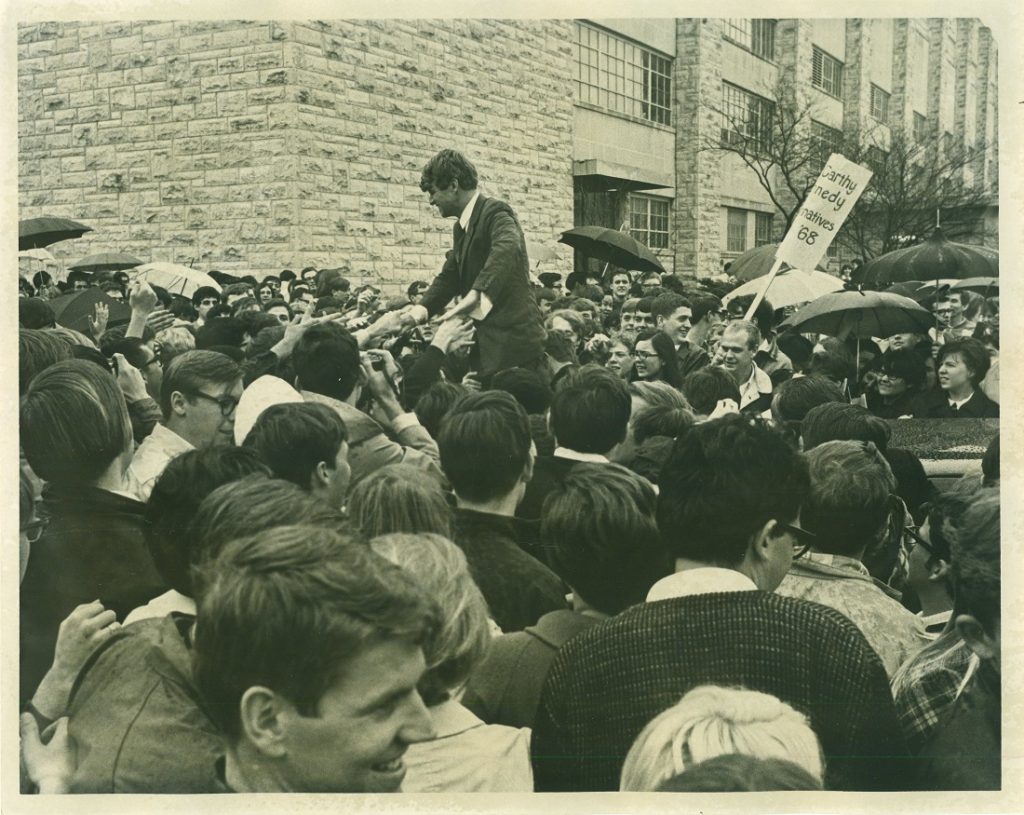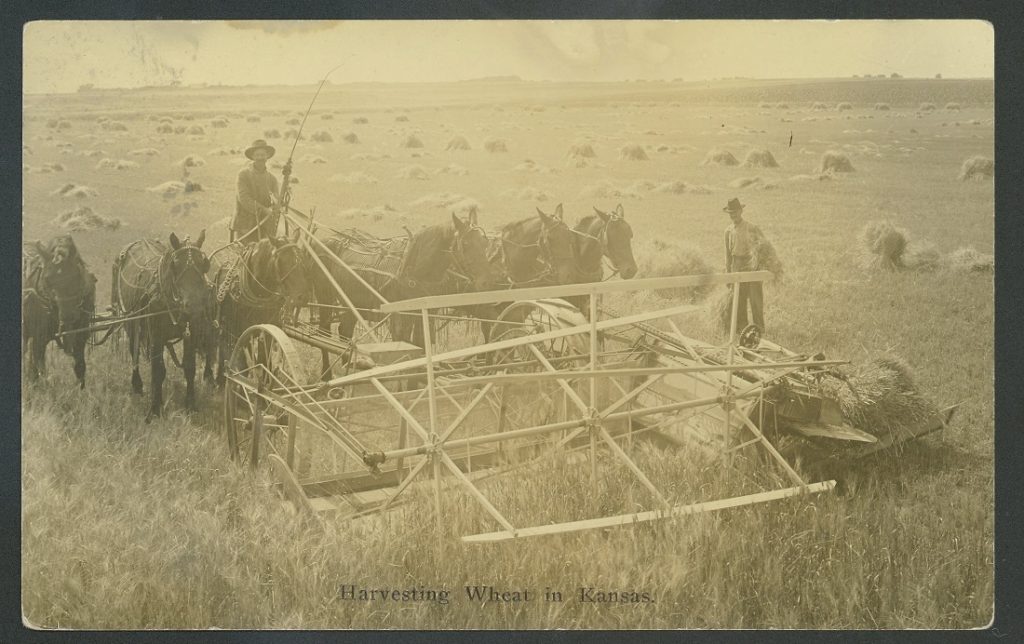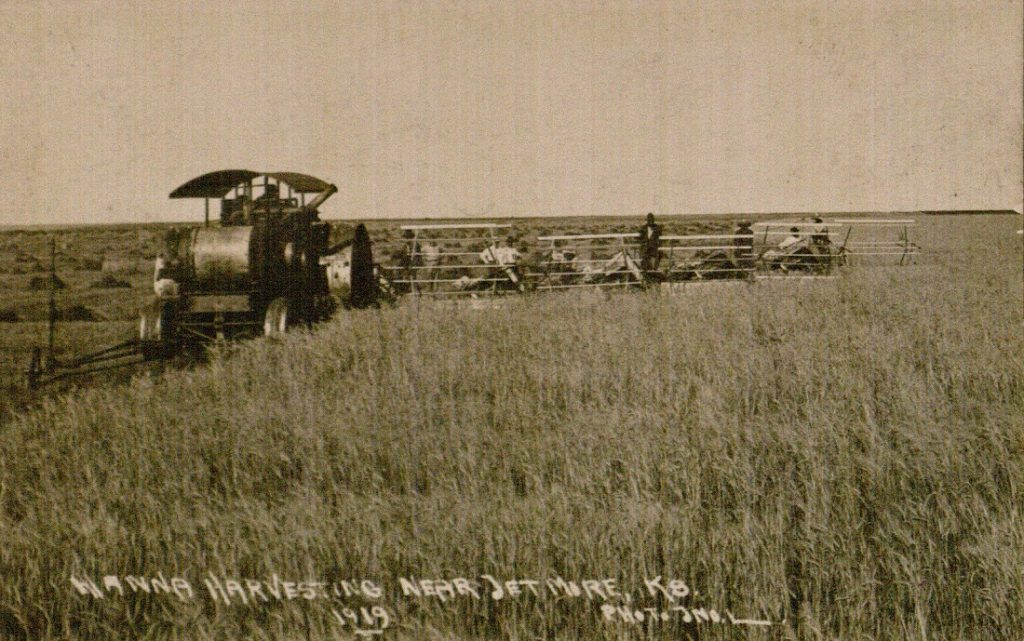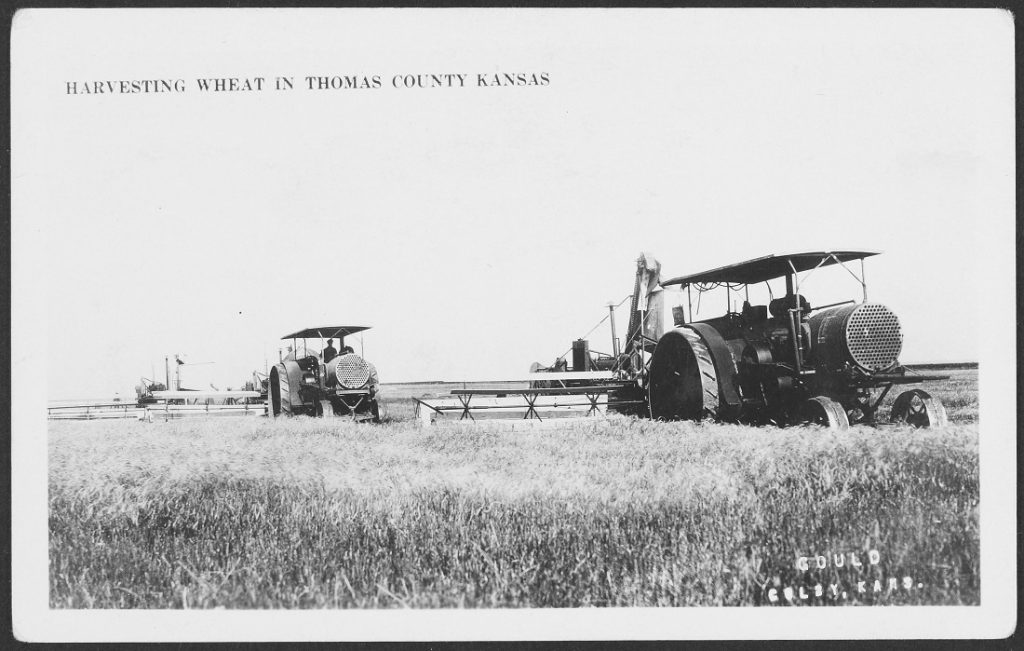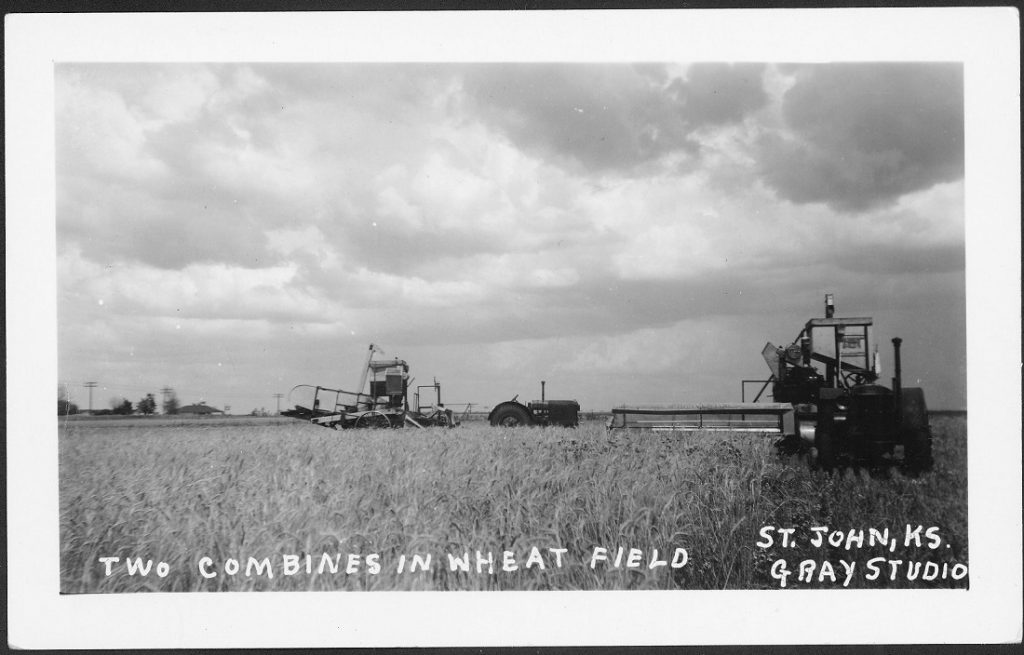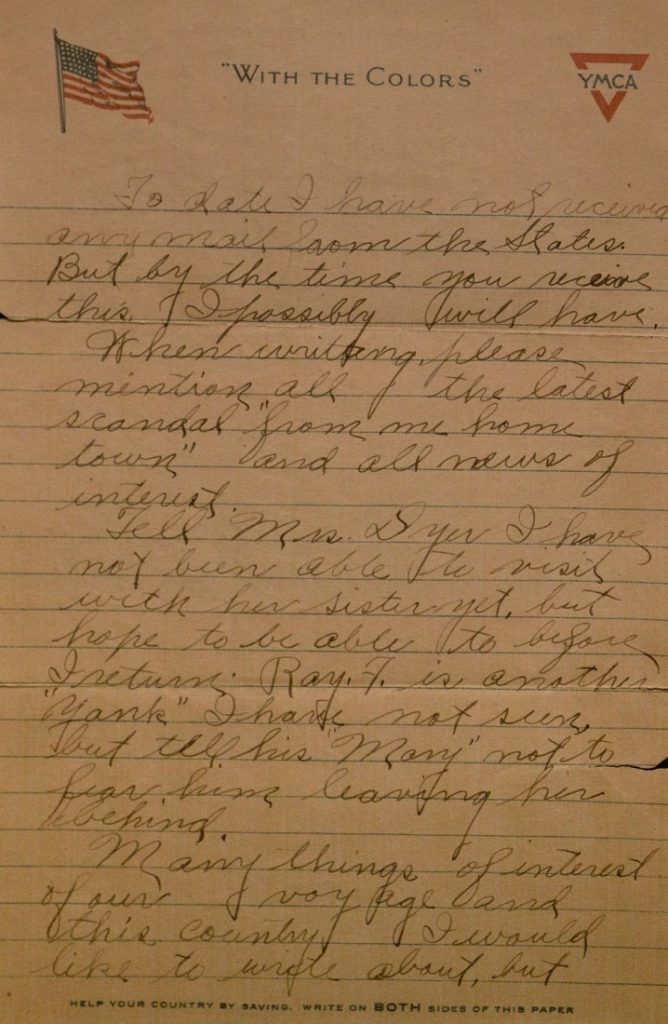Throwback Thursday: Robert F. Kennedy Edition
June 7th, 2018Each week we’ll be posting a photograph from University Archives that shows a scene from KU’s past. We’ve also scanned more than 34,800 images from KU’s University Archives and made them available online; be sure to check them out!
In April we shared a photograph of KU students in front of Strong Hall honoring Dr. Martin Luther King, Jr. after his assassination in 1968. This week’s photograph commemorates the fiftieth anniversary of a second assassination: that of Senator Robert F. Kennedy on June 5, 1968.
Kennedy announced his candidacy for the Democratic presidential nomination on March 16, 1968. He launched his campaign two days later with speeches at Kansas State University and KU.
Robert F. Kennedy speaking in Allen Fieldhouse, March 18, 1968. University Archives Photos.
Call Number: RG 0/19 Robert F. Kennedy 1968: University General: Visitors (Photos).
Click image to enlarge (redirect to Spencer’s digital collections).
Kennedy’s speech in Allen Fieldhouse began at 1:30pm, and KU classes scheduled at that time were cancelled. “I don’t know whether you’re going to like what I’m going to say today but I just want you to remember, as you look back upon this day, and when it comes to a question of who you’re going to support – that it was a Kennedy who got you out of class,” he joked. The University Daily Kansan reported that the speech lasted sixty-five minutes; Kennedy apparently spent half that time delivering prepared remarks and the other half answering questions from students, who submitted them in writing to ushers they entered the Fieldhouse.
According to the Kansan, an estimated 20,000 people attended the event. (Approximately 15,800 students were enrolled on the Lawrence campus in Fall 1967.)
Instead of going directly to the podium [when he arrived at the Fieldhouse] Kennedy wandered around the basketball court shaking hands and waving to the students. It was a full minute-and-a-half before the initial applause faded out and he took his seat…
Kennedy’s normally flat, laconic speaking tone raised and nearly broke at times, as he spoke of his convictions concerning America’s problems and tried to battle the surges of applause, foot-stamping and screaming…
His final words were drowned by roars from the crowd as students surged toward him…
“It was the largest crowd we’ve ever had in Allen Field House,” said James E. Gunn, administrative assistant to the chancellor.
Robert F. Kennedy with KU students outside Allen Fieldhouse, March 18, 1968.
Lawrence Journal-World Photo Collection, University Archives Photos.
Call Number: RG LJW 0/19 Robert F. Kennedy 1968: University General:
Visitors (Photos). Click image to enlarge (redirect to Spencer’s digital collections).
The Kansan also described the scene as Kennedy departed.
By the time the senator tried to make his exit it seemed likely that KU’s enthusiasm would pull him apart. Throughout the speech the audience had crept closer to Kennedy like rising floodwater. Then, when he tried to make his exit, he discovered that he would haave to fight his way through 500 feet of human barricades…
East exits from the Field House were blocked by an estimated 20,000 people, as the Senator wedged his way through a screaming, solidly-packed mob.
Additional information about Kennedy’s KU visit are available online, including photographs (KU Libraries), a transcript of the speech (John F. Kennedy Presidential Library and Museum), and an audio recording of the speech (YouTube).
Film footage of the speech can also be viewed as part of the permanent exhibit in Spencer’s North Gallery.
Caitlin Donnelly
Head of Public Services

